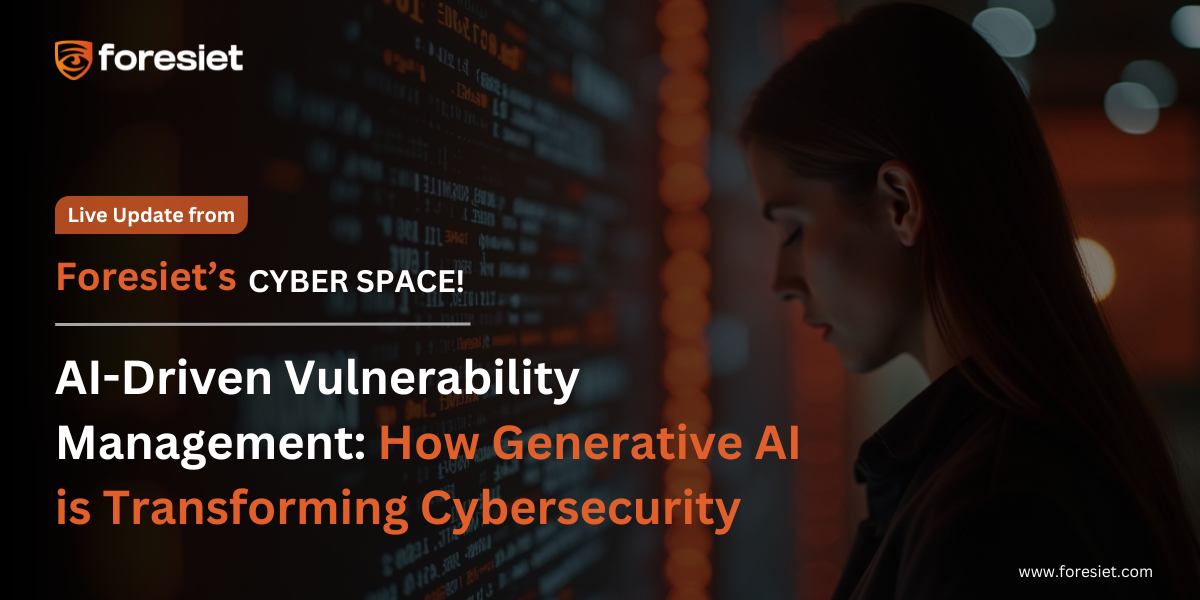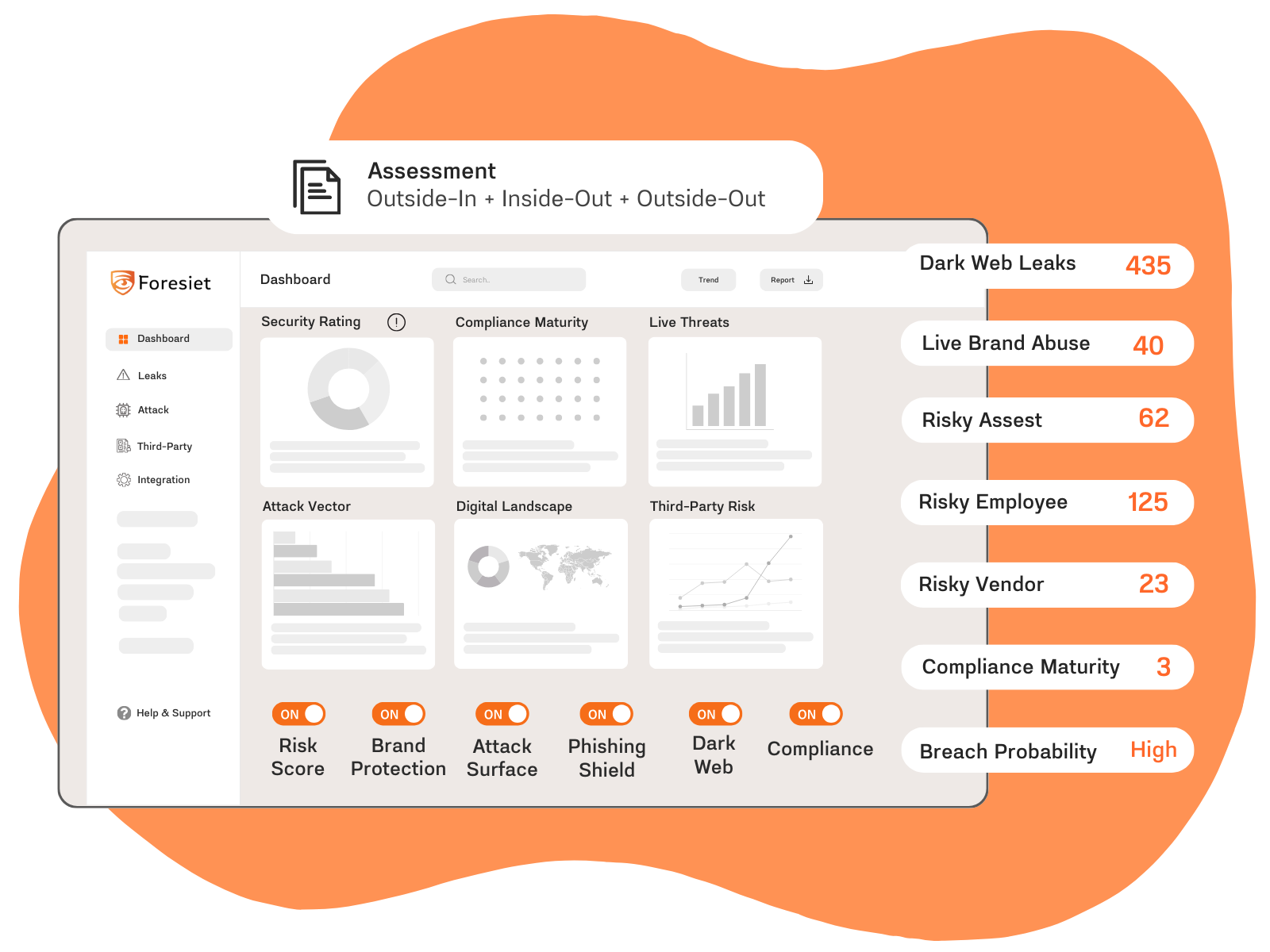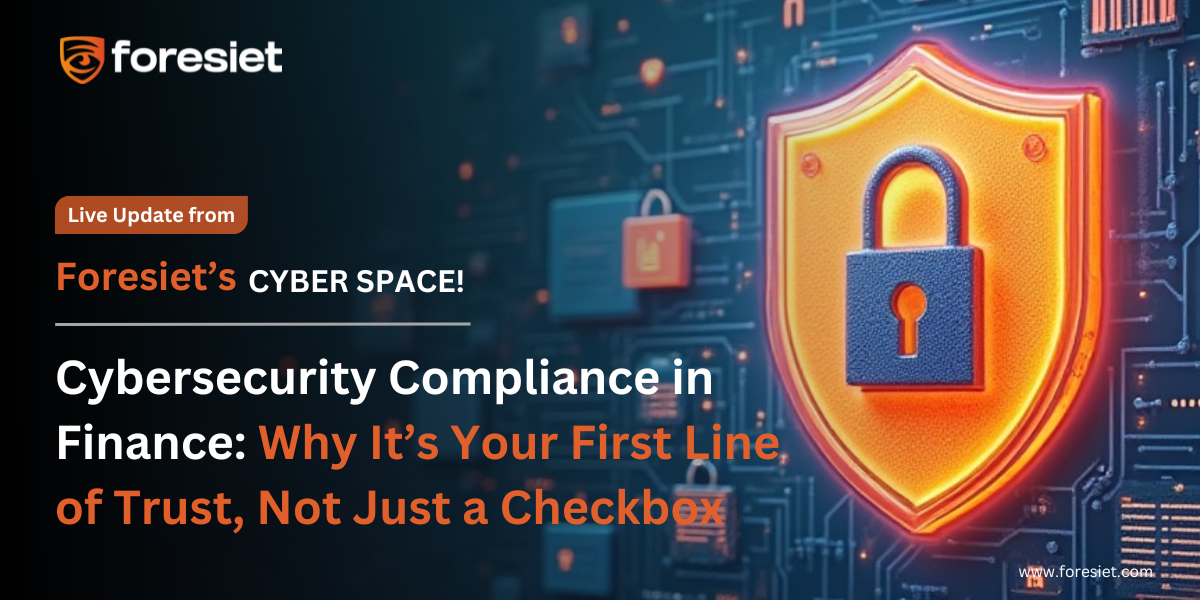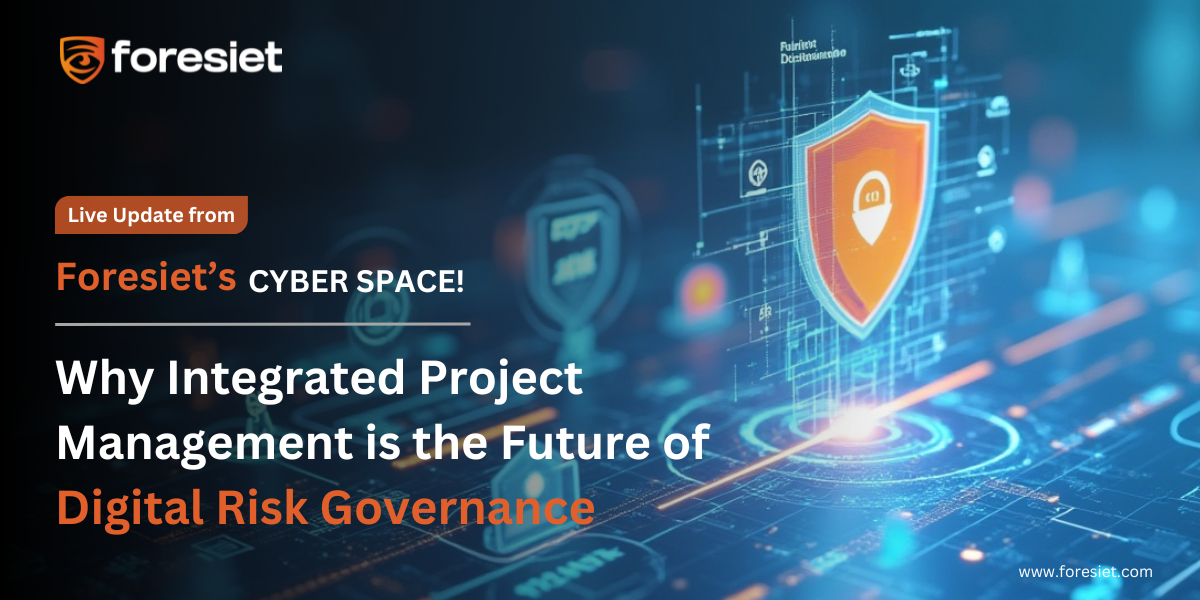AI-Driven Vulnerability Management: How Generative AI is Transforming Cybersecurity

Introduction
With the rapid and dynamic nature of the digital world of today, businesses are seeing a mounting high rate of cybersecurity attacks. Cyber attackers keep evolving and coming up with new methods of breaching their systems, which leaves security teams under immense pressure to identify, assess, and remediate vulnerabilities at scale. Traditional methods of vulnerability management are typically behind the curve because the sheer volume of threats is overwhelming. The latest advancements in generative artificial intelligence (GenAI), though, are revolutionizing how businesses handle vulnerability triage.
From stolen credential detection with AI to monitoring the darknet as a service, the experts in vulnerability management now have more powerful tools to deal with. NVIDIA and Amazon are among those leading the implementation of AI within the process of vulnerability management to make the job much faster but without deprecating human interference.
How Generative AI Takes Vulnerability Management to a Whole New Level
Automated Detection and Prioritization of Vulnerabilities
Generative AI models are also being used to scan code for vulnerable weaknesses at unprecedented speed. AI-driven dark web surveillance and compromised data tracking services can identify threats in real-time, allowing organizations to take proactive measures before cybercriminals can capitalize on the vulnerabilities.
For instance, NVIDIA's Agent Morpheus, a tool based on artificial intelligence, is designed to scan for vulnerabilities and create an actionable task list for security analysts. Run in conjunction with other AI platforms, this agential platform can scan a software container containing 20 known vulnerabilities within five minutes. With the initial scanning automated, analysts can focus on addressing high-priority threats instead of manually scouring large volumes of data.
AI-Driven Code Remediation
Apart from detection, remediation is also where AI-based solutions are marching forward. Veracode Fix, the Veracode AI-based remediation engine, helps developers repair vulnerabilities directly in their development environments. The software provides fixes for around 70% of vulnerabilities in different programming languages, speeding up the remediation process without having to compromise security.
However, experts caution against over-reliance on AI code fixes. Although AI enhances digital footprint analysis and brand protection, human handling is still required to ensure that this remains accurate and does not create new software bugs.
The Role of AI Agents in Security Operations
NVIDIA's Blueprint for AI-Driven Security
NVIDIA's Vulnerability Analysis Roadmap is a template organization can employ to incorporate GenAI into their security workflows. Employing large language models (LLMs), AI agents can scan for vulnerabilities, assess their exploitability, and even initiate remediation actions. This impersonation defense tactic streamlines tedious security processes while retaining analysts responsible for critical decision-making.
Amazon's AI-Powered Triage System
Amazon Web Services (AWS) is also pushing the frontiers in AI-based cybersecurity. Its GenAI-fueled vulnerability management platform merges Amazon Bedrock with Amazon Inspector to make it possible to automatically triage security threats. Its AI-driven system can scan apps in many different programming languages and suggest remediation actions in mere minutes.
One of the strongest characteristics of Amazon's system is that it can automatically generate pull requests on GitHub with proposed fixes. This automation alleviates the drudgery of manual labour from developers and keeps software vulnerabilities patching fast. However, most organizations still desire a human review process to certify the security and functionality of such AI-generated patches.
The Future of AI in Cybersecurity
Balancing Automation with Human Oversight
Though promising, AI is not a silver bullet when it comes to cybersecurity. Organizations must balance human expertise with automation. Though AI can significantly enhance online risk assessment and digital threat scoring, security analysts must remain the ultimate decision-makers.
Human-in-the-loop verification is required, experts say, to make AI-based security measures changeable based on business priorities. Although AI is capable of running repetitive processes like vulnerability discovery and initial triage, human analysts must provide context meaning to judge the priority of every threat.
Trust and Safety in AI Security Models
Building confidence in AI-fueled security products entails transparency and rigorous test processes. Institutions implementing AI-powered vulnerability management have to put proper procedures in place for AI-gained knowledge validations and remediations. This process not only optimizes security but also confers confidence in AI-enabled cybersecurity processes.
Conclusion
Generative AI is transforming vulnerability management and making security operations more scalable and efficient. From tracking compromised data to protecting against brand impersonation, AI-driven solutions allow security teams to detect, analyze, and remediate threats in record time.
While AI is ramping up automation, human touch remains critical to ensuring the accuracy and effectiveness of security measures. Organizations that implement AI-powered security solutions with a strong human monitoring system behind them will be well-positioned to stay ahead of the curve on next-generation cyber threats.
As cybersecurity threats keep evolving and innovating, dependence on AI-driven solutions will be essential in maintaining a healthy security posture. The future of vulnerability management lies in a hybrid approach—where AI and human ability supplement each other to protect digital assets and counterbalance threats in an increasingly advanced threat landscape.
About us!
Foresiet is the pioneering force in digital security solutions, offering the first integrated Digital Risk Protection SaaS platform. With 24x7x365 dark web monitoring and proactive threat intelligence, Foresiet safeguards against data breaches and intellectual property theft. Our robust suite includes brand protection, takedown services, and supply chain assessment, enhancing your organization's defense mechanisms. Attack surface management is a key component of our approach, ensuring comprehensive protection across all vulnerable points. Compliance is assured through adherence to ISO27001, NIST, GDPR, PCI, SOX, HIPAA, SAMA, CITC, and Third Party regulations. Additionally, our advanced antiphishing shield provides unparalleled protection against malicious emails. Trust Foresiet to empower your organization to navigate the digital landscape securely and confidently.
Protect your brand, reputation, data, and systems with Foresiet's Integrated Digital Risk Platform. 24/7/365 threat monitoring for total peace of mind.


July 10, 2025, 9 a.m.
